The 10 Best SUVs Of 2018 (And 10 That Are A Waste Of Money)
Here are the 10 Best SUVs of 2018 and 10 that you should avoid because they simply aren’t worth your time or money!
FORD EXPLORER
First introduced in 1990, the Ford Explorer has had a long history in the segment as one of its earliest entrants. Now in its 5th generation, the Explorer has come a long way since its roots, which stem from the 1983 Ford Bronco, a more utilitarian SUV.
 Today, the Explorer boasts two engine options, the 290 hp 3.5L V6 paired to a 6-speed and the increasingly popular EcoBoost I-4, which still makes a respectable 240 hp.
Today, the Explorer boasts two engine options, the 290 hp 3.5L V6 paired to a 6-speed and the increasingly popular EcoBoost I-4, which still makes a respectable 240 hp.
The Explorer makes the list because of its long history and perhaps also due to the Interceptor Utility, which is a purpose-built Explorer that’s been a critical part of the law-enforcement fleet for years.
BMW X6
Almost 10 years since BMW introduced its first SUV, the X5, they opted to expand their footprint by introducing the X6. Many were torn between whether to consider this a true SUV or simply a cross between an SUV and a high-ground-clearance coupe.
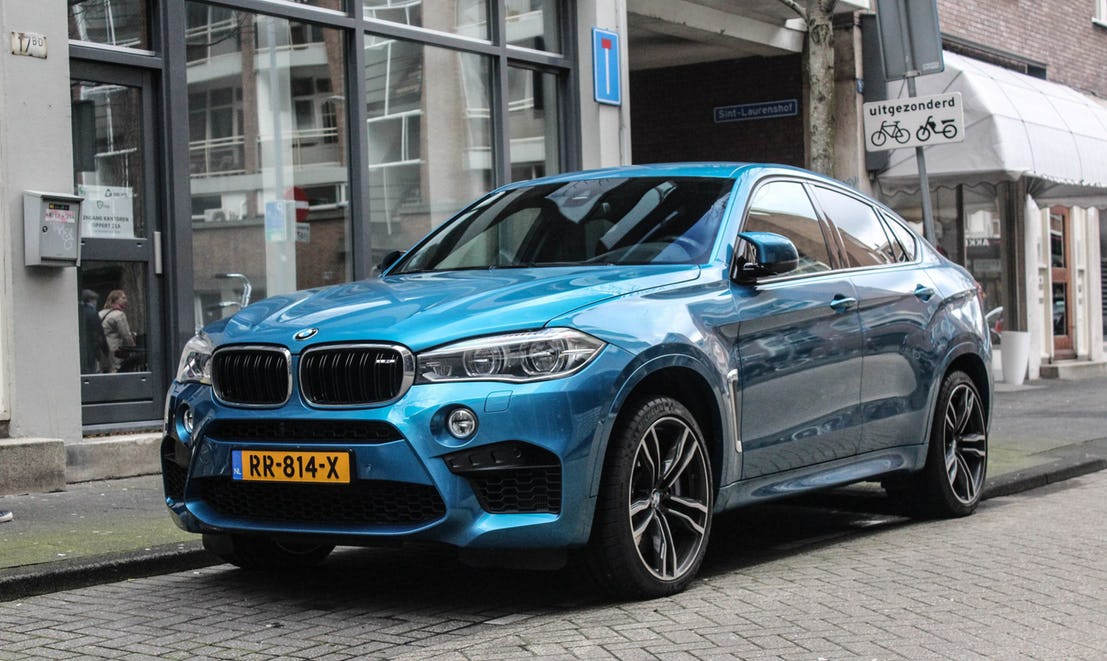
Regardless, the X6 is now in its 2nd generation and has seen solid sales given the niche it occupies. According to BMW Group’s Annual Reports, the X6 has maintained an average of about 43,000 units sold globally in its last 3 years. That’s 6,000 units more than the 3 years prior. Powering the X6 is either a 3.0L or a 4.4L V6 engine making 302 and 402 hp respectively. The M-Series offers even more, with 547 hp, thanks to twin-turbochargers.
JEEP GRAND CHEROKEE
Jeep’s Grand Cherokee has been around for so long that it’s gone through several manufacturers: American Motor Corporation, Chrysler, Daimler, and now, Fiat Chrysler. Its roots date back to 1983, though, intended as a bigger brother to the Jeep Cherokee. The National Highway Traffic Safety Administration (NHTSA) recently restored the Grand Cherokee to an overall 5-star rating following some earlier mishaps, which had plagued the carmaker in 2010.
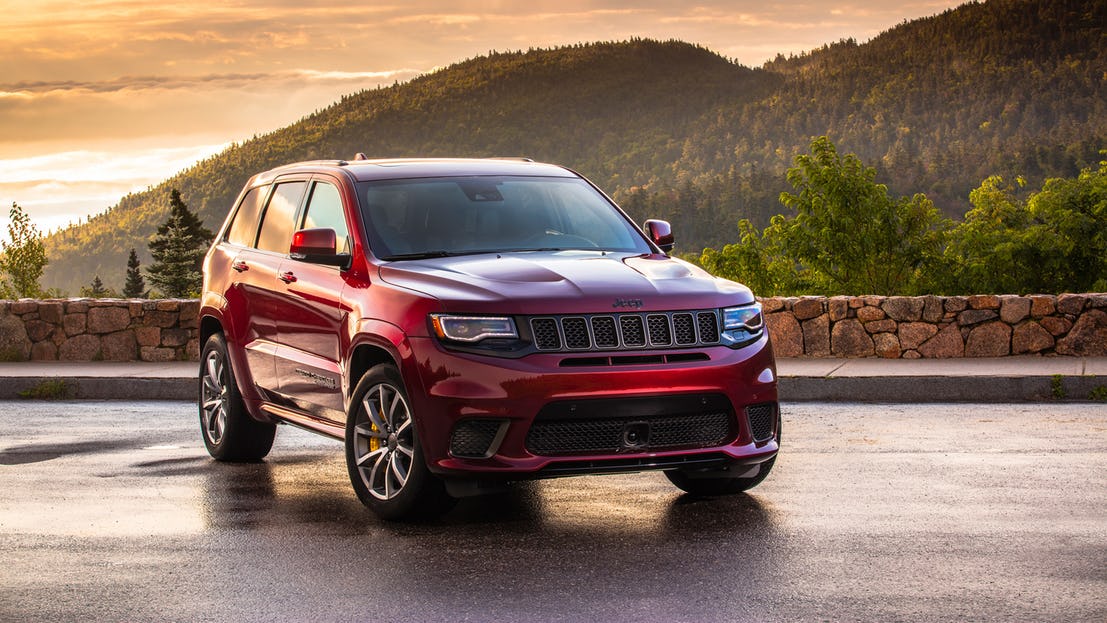
The Grand Cherokee is soon to enter into a 5th generation, going in with an average of about 175,000 units globally.
That’s more than double the previous generation, which bodes well for the brand, considering the stiff competition both domestically and internationally.
CHEVROLET TAHOE
The Chevrolet Tahoe was introduced in 1994 following the successes of its predecessor, the relatively diminutive Blazer from 1969 to 1991. It was around the same time that GMC rebranded the smaller Jimmy SUV to the Yukon, which shares a cousinly relationship to the Tahoe.
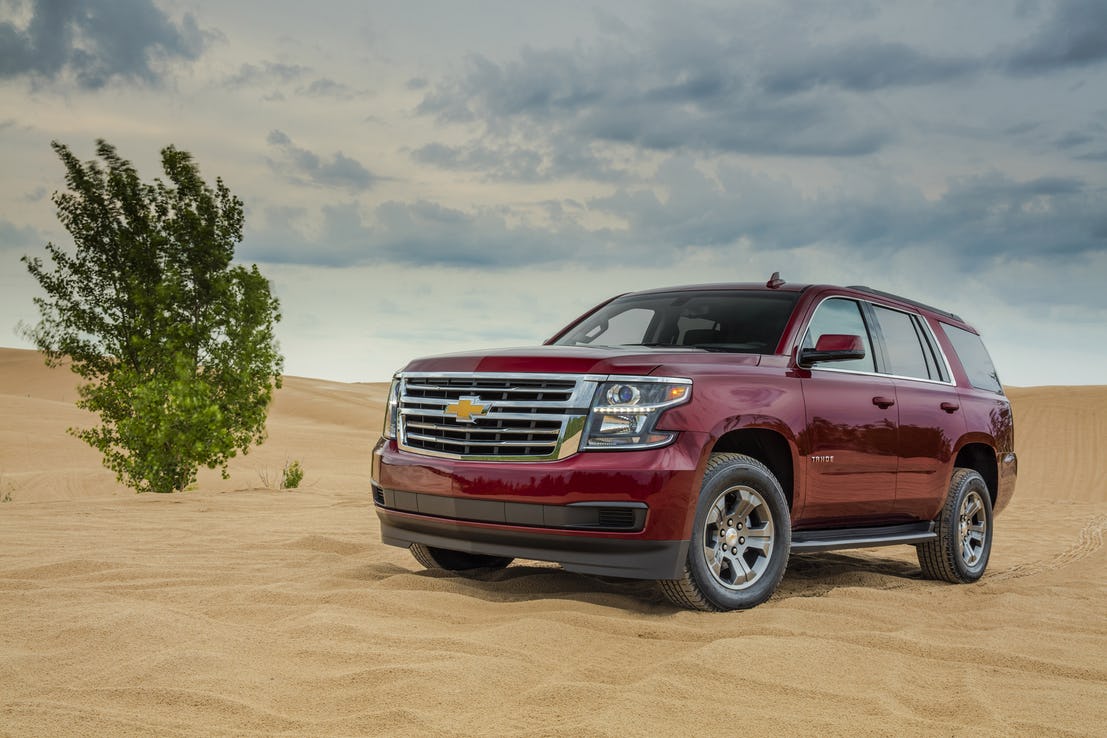
This gracious, Texas-built beast of a car is now in its 4th generation. It has a mighty curb weight of 5,500 lbs and measures nearly 200 inches long. Its demeaning road presence is well matched by what’s under the hood; the 2018 model sees a new engine variant added, a 6.2L V8, which is paired to a new 10-speed automatic. The original 5.3L V8 is restored on mid-level trims, making 420 hp.
VOLVO XC60
Volvo’s first-ever SUV was showcased at the 2008 Geneva Motor Show following a successful showing of its concept variant a year prior in Detroit. At the time of production in 2009, Volvo was a wholly-owned subsidiary of Ford Motor Company, and as such, the XC60 shared a platform with the Ford Mondeo and Land Rover’s Freelander, also owned by Ford at the time.
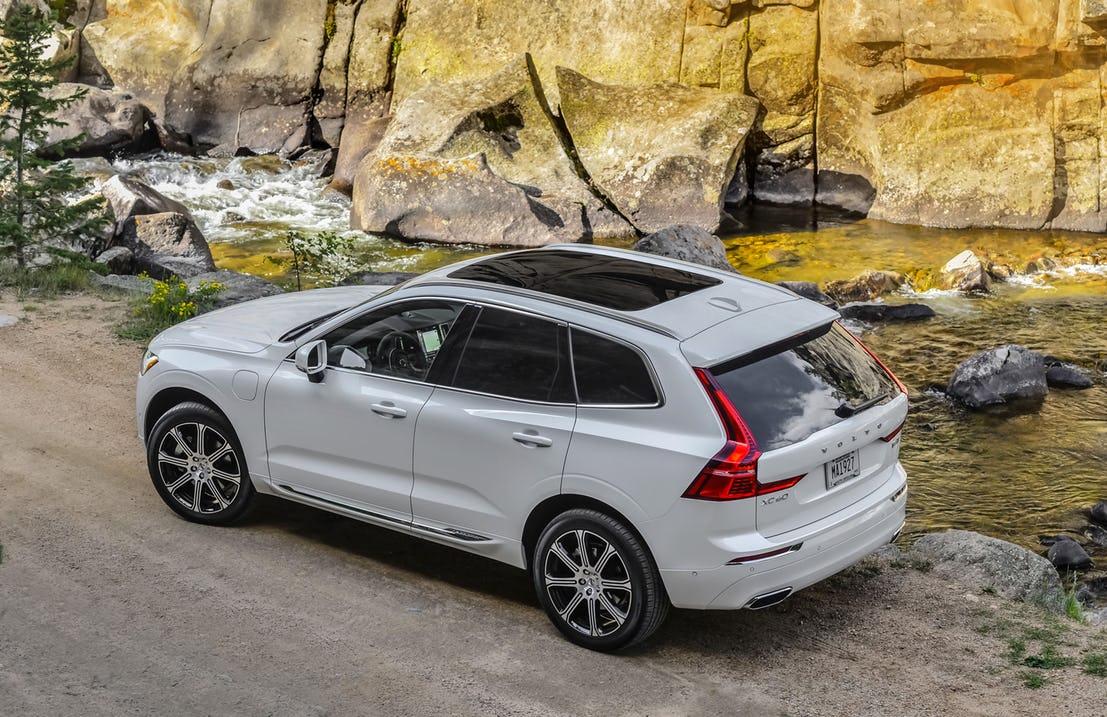
Now in its 2nd generation, the XC60 continues to see steady sales growth and is officially Volvo’s bestselling car.
All XC60s come with a 2.0L I-4 turbocharged engine, making 250 hp. There are other options, though, with the supercharged T6 and the hybrid T8 engine variants offering 316 and 400 hp respectively. Given the plethora of choices and the gorgeously designed interior and exterior, Volvo makes this list.
KIA SORENTO
Here’s an SUV brand that nobody expected would make such great strides in a short period of time. The Kia Sorento was introduced just a couple of years after the more popular Hyundai Santa Fe but has recently made a significant impact in the market.
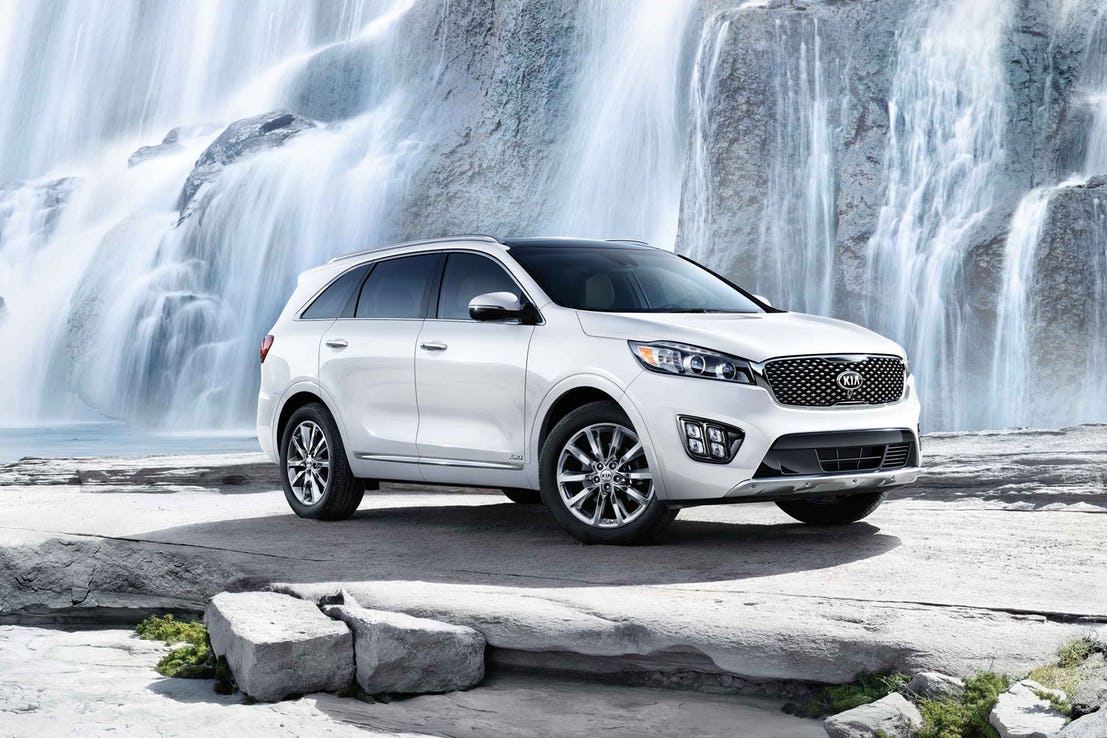
Its current 3rd generation was revealed in 2014 and comes available with a 3.3L V6, but the more popular engine is the new 2.0L turbocharged I-4. It produces a decent 240 hp. The Sorento offers a host of what were seemingly luxurious features at the time, including LED lighting, an 8” infotainment system, Lane Departure Warning, Android Auto/Apple CarPlay, an Infinity 10-speaker sound system, and Advanced Smart Cruise Control, to name only a few.
NISSAN ROGUE
One of the most successful compact SUVs to date has been the Nissan Rogue, with sales recently crossing the 400,000-unit mark. That’s only a few thousand units shy of segment-leading Toyota RAV4.
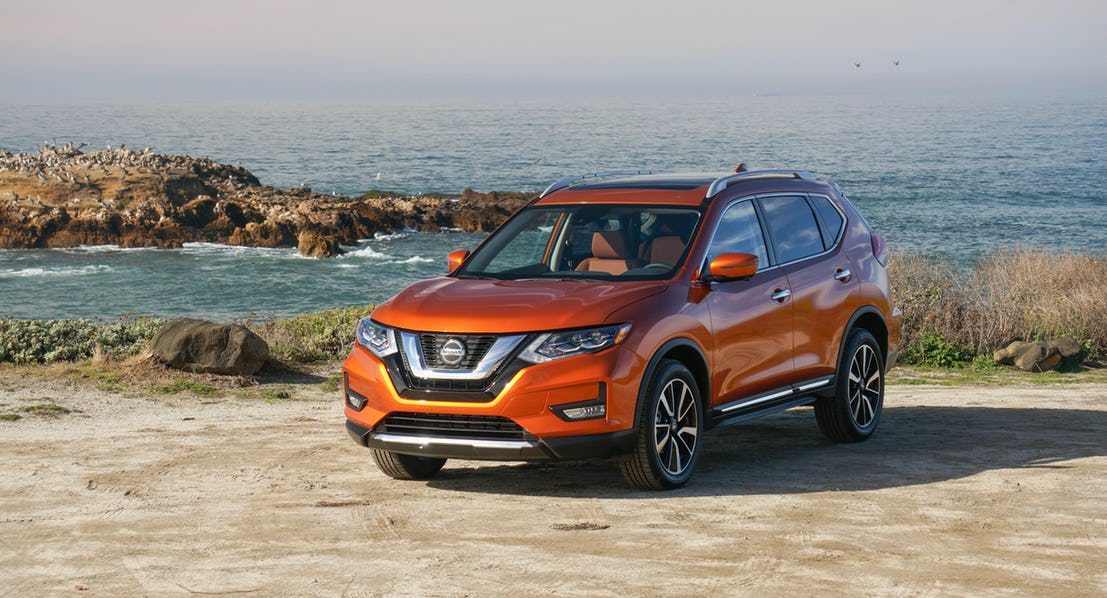
What makes the Rogue such a great SUV is the perfect balance it seems to find between comfort, sportiness, and value for money.
With prices starting at about 25,000, the Rogue offers comfortable seats, several connectivity features, a handsome exterior style, and many safety features as standard. Perhaps the only downside to the Rogue is its sluggish drivetrain, which is a mere 170 hp from the ever-aging 2.5L engine. Perhaps, we can expect Nissan to deliver some turbocharged performance in the upcoming 3rd generation. That should restore confidence and continue its upward momentum.
AUDI Q5
The only luxury brand to make the list is the Audi Q5, an SUV that’s been around for a decade and has taken a series of tremendous steps to remain in the race with its 2nd generation. Starting at $42,000, the 2018 model boasts an insane amount of technology but retains its chirpy and efficient turbocharged 2.0L I-4 engine. The 252 hp it produces is valiant, considering most I-4s make far less.
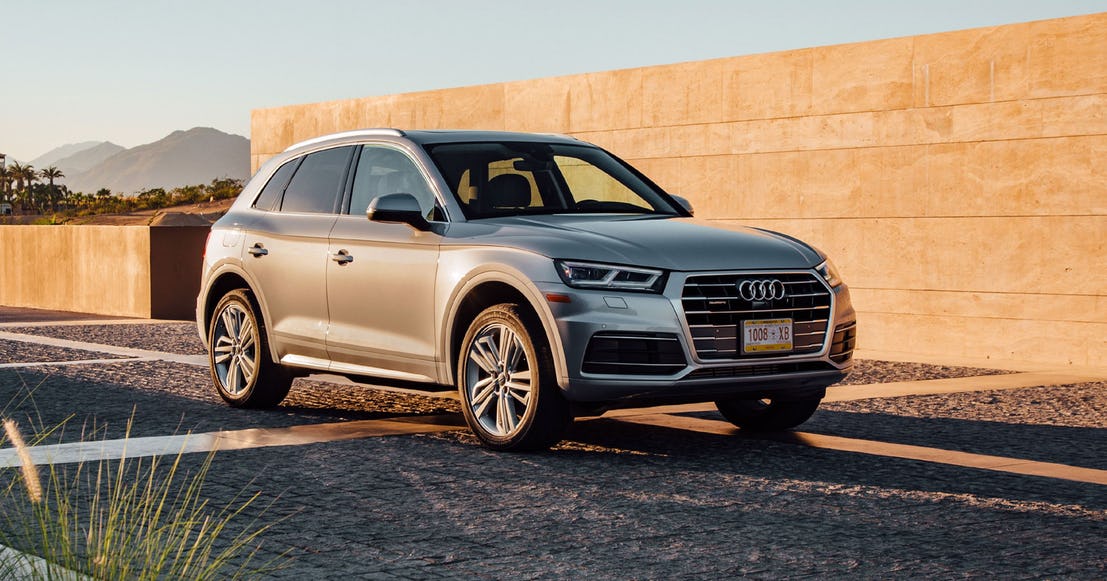
Audi’s bestselling SUV also looks the part, especially on the inside, with premium-tailored looks and that brilliant 12.3-inch Virtual Cockpit display as standard. Also standard is the 19-speaker Bang & Olufsen audio system and a heads-up display.
HONDA CR-V
Honda’s CR-V has been around since 1995 and is now in its 5th generation. Sales have steadily increased since its inception to the near-400,000 mark occupied by the Toyota RAV4. However, with its latest styling and advanced technology as standard, the current generation is expected to make up some ground against Toyota.
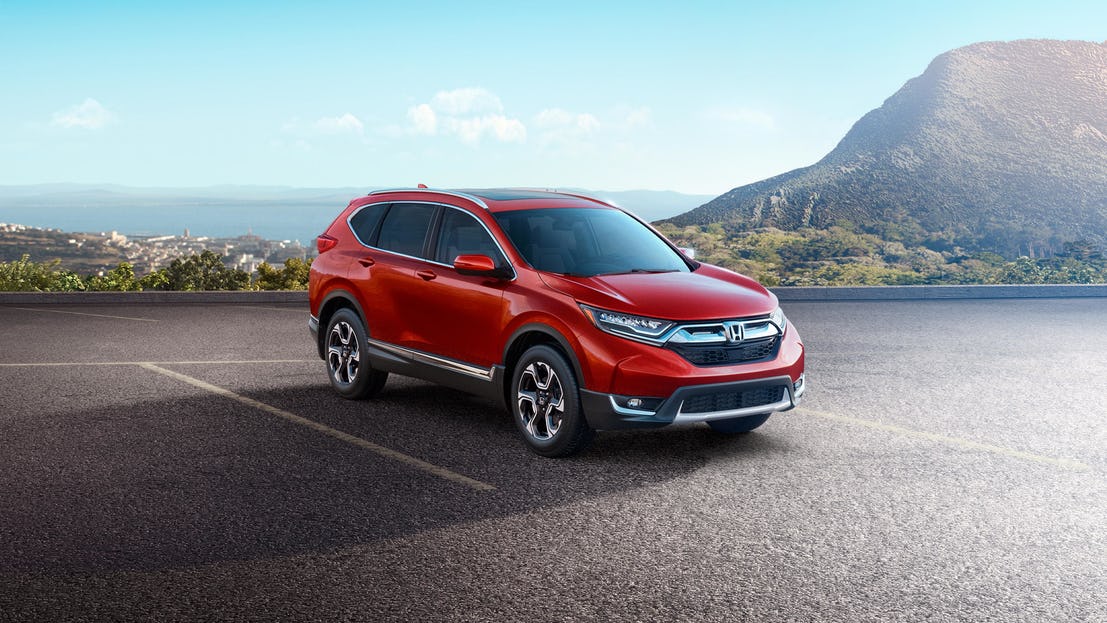
The 2018 CR-V is far more refined than its predecessors, offering a softer suspension, comfortable seating, and a more luxurious cabin. The base engine is a 2.4L four-cylinder, making 184 hp. New for 2018 is a 1.5L turbo-four that approaches the 200 hp mark. It also offers an unparalleled 33 mpg fuel economy on the highway.
MAZDA CX-5
Rounding off the Top 10 Best SUVs of 2018 is the Mazda CX-5, a much newer vehicle in the category. The 1st generation was released in 2012 and shocked everyone to win Japan’s Car of the Year award in the same year. It was quite a statement of intent by Mazda, which has always lurked in Nissan and Toyota’s shadows.
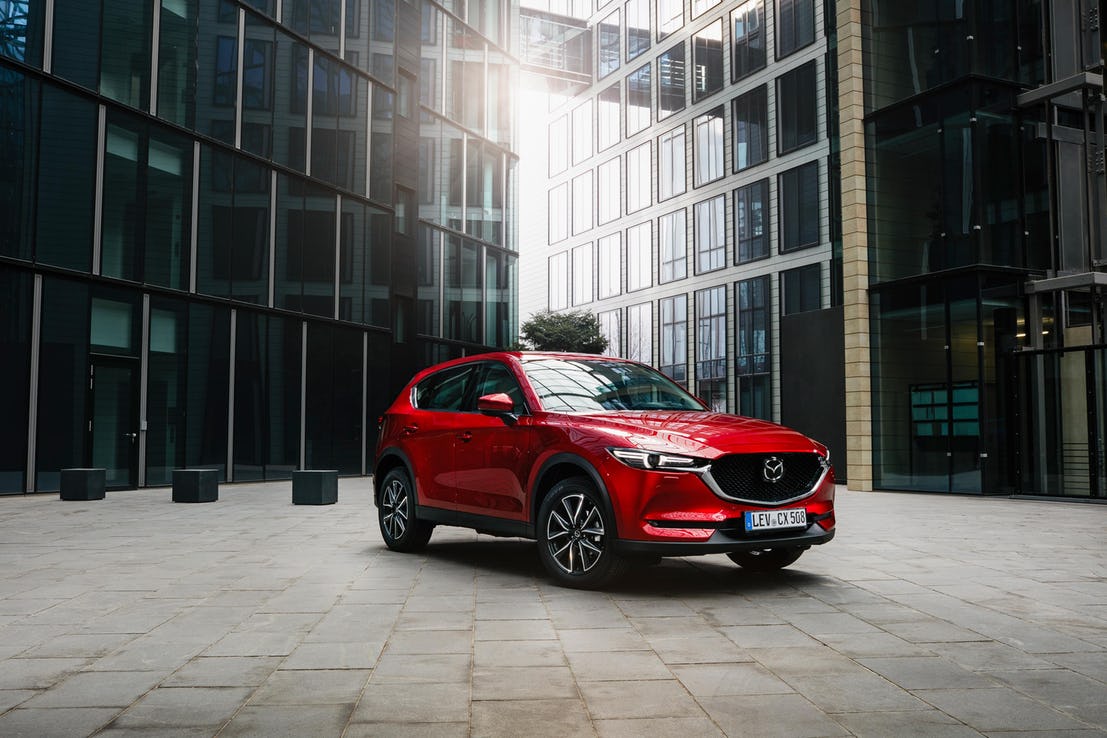
The 2018 CX-5 is by far the best-driving and best-looking compact SUV in its class.
The 2.5L I-4 makes a competitive 187 hp and sees a torque increase to 186 lb-ft. Thanks to cylinder-deactivation technology, the CX-5 sees an improvement in fuel economy, falling just short of the class-leading CR-V. Despite that, terrific ride handling, the brisk acceleration, and a refined interior propel the CX-5 to the top of the list.



















